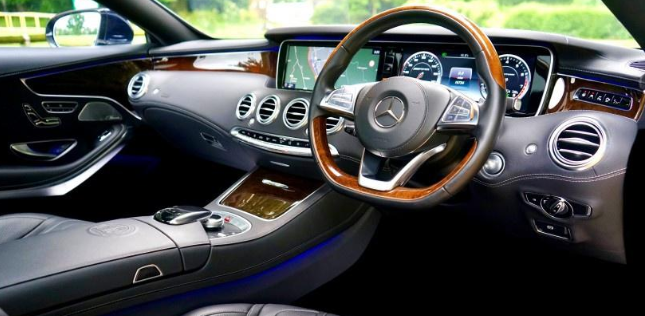
【WhatsApp】
+86(21)-64208466
+86 13816217984

Automotive wiring harnesses are critical components that connect various electrical devices to a vehicle's circuit system. They consist of insulating sheaths, wire terminals, conductive wires, and insulating wrapping materials.
more
Given the confined space and limited air circulation inside vehicles, environmental safety within the cabin has long been a focal point for both automakers and consumers.
more
Currently, there are numerous automotive interior and exterior trim components, including instrument panels, console panels, headliners, seats, seat belts, door trim panels, pillar trim panels, and luggage compartment trim pieces.
more
ADAC, one of Europe's most rigorous automotive safety testing organizations, conducts crash test programs for car seats that are widely regarded as the industry's most authoritative and demanding evaluations. These tests go beyond regulatory requirement
more
Recently, our company successfully delivered a customized universal testing machine designed specifically for testing the foam hardness of passenger car seats.
more
Nowadays, it is common to drive long distances or work for extended periods of time. Therefore, seat comfort is becoming increasingly important. The comfort of seat systems, such as car seats, office chairs, or upholstered furniture, is influenced by diff
more
DVP Testing Introdunction
more
Summary of various standards
more
With the continuous development of road transportation, traffic accidents and road surface deterioration have become increasingly severe. During vehicle operation, the body surface and various components inevitably endure impacts from sand, gravel, and ot
more
Gravel Impact Tester is primarily used in automotive radiator testing, serving as a comprehensive evaluation of the mechanical properties of coating systems. It reflects the flexibility, interlayer adhesion, and compatibility of coatings, making it a crit
more